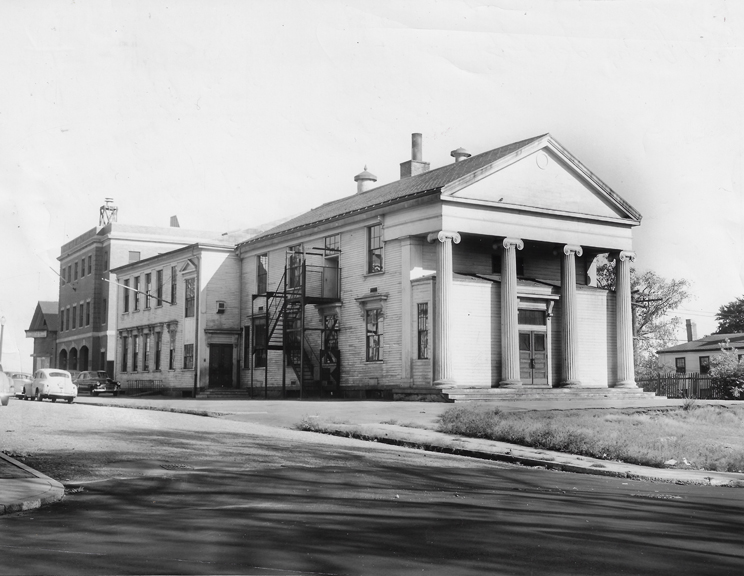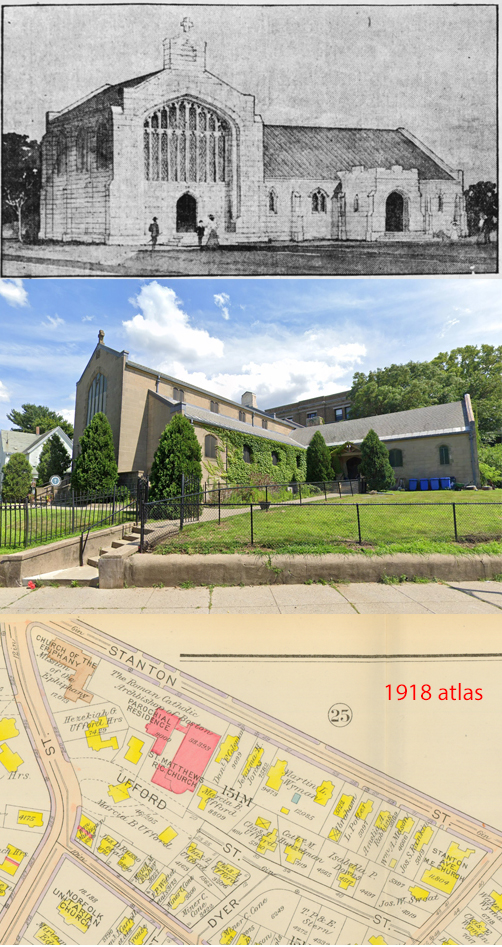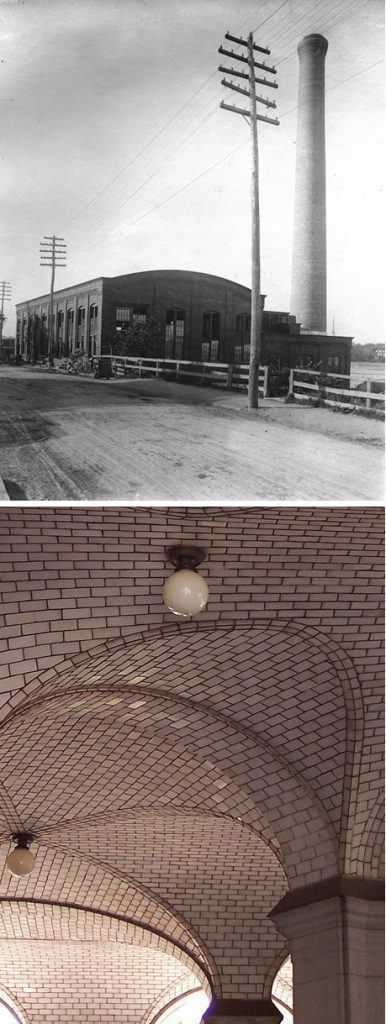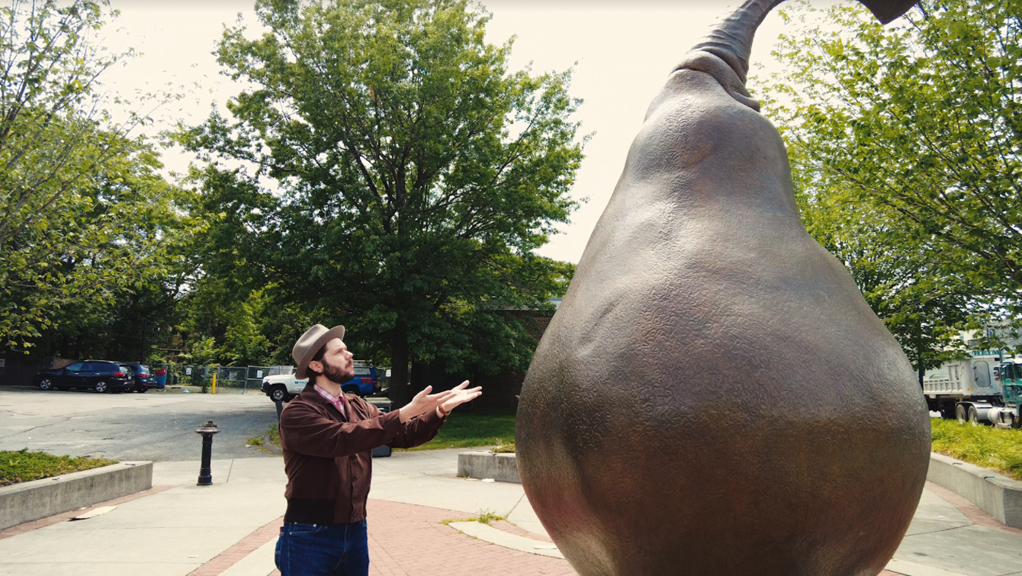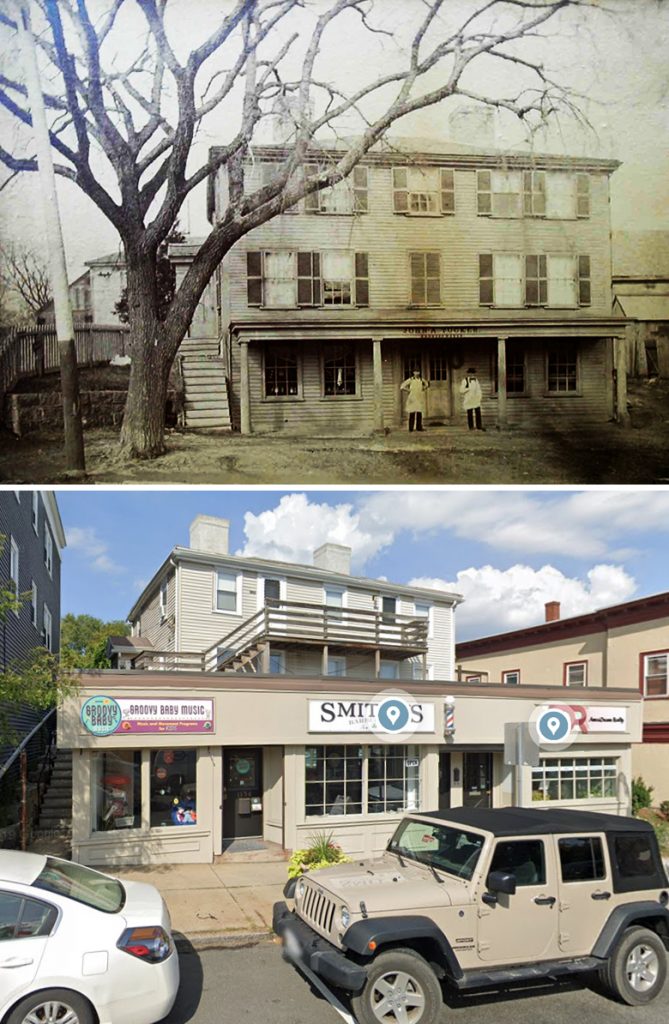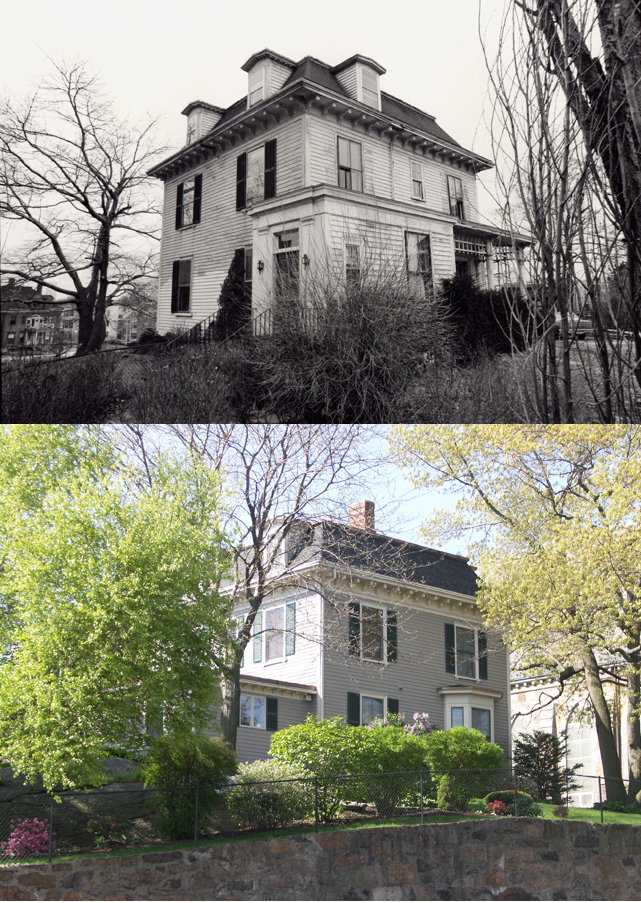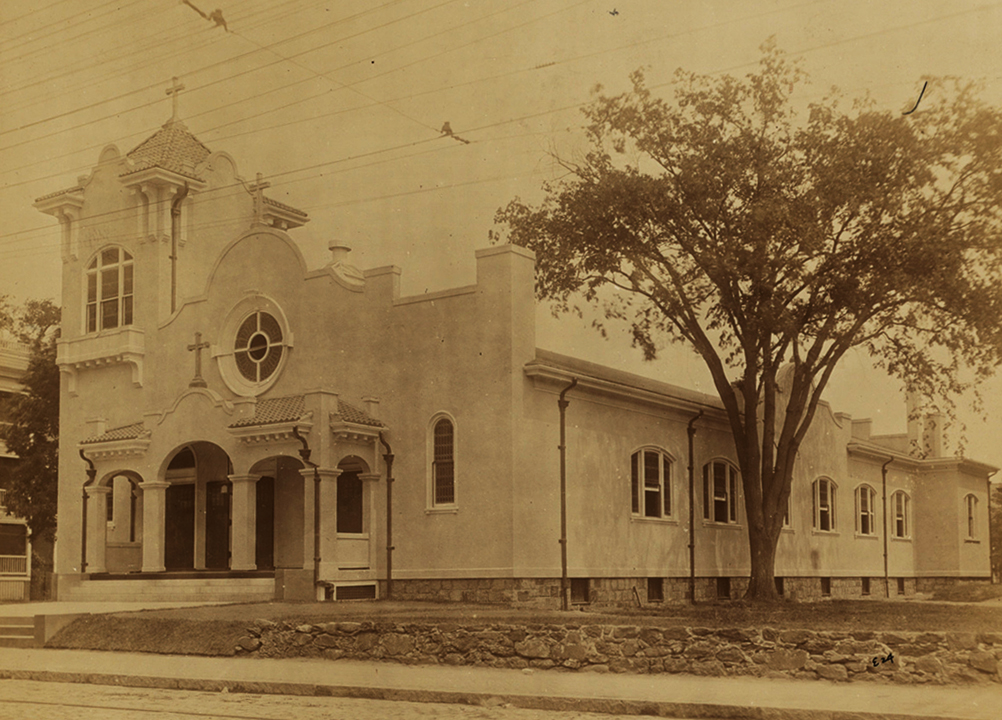William Russell Powers
World War I Veteran
By Camille Arbogast
William Russell Powers was born at home at 30 Church Street in Dorchester on April 17, 1896. His parents were Patrick Robert and Catherine Elizabeth (Chalmers) Powers, both of whom went by their middle names. Robert and Catherine married in October 1893 in Boston. They had three other children: Robert, Jr., born in 1894, Catherine Isabelle (known as Isabelle) in 1897, and Madeline in 1903.
Robert worked for the postal service for 45 years. For much of William’s childhood, Robert was a letter carrier working out of the Dorchester post office. Around 1916, he became the superintendent of the State House Post Office. Elizabeth worked as a bookkeeper prior to her marriage.
By 1899, the Powers were living at 29 Ditson Street. The next year they moved to 18 Westcott
Street. They continued to move around the neighborhood during William’s childhood, relocating to 43 Standish Street by 1903, then to 120A Harvard Street in 1910, and finally to 525 Park Street by 1916. In June 1917, William was living with his family on West Park Street and working for John C. Paige and Co., an insurance company located at 25 Kilby Street in Boston.
William was inducted into the Army on September 23, 1917. He was initially assigned to Company H of the 301st Infantry. On October 1, 1917, he was made a corporal and on November 12, was promoted to sergeant. On May 13, he entered the Central Officers Training School at Camp Lee, near Petersburg, Virginia, a training program for infantry officers. On August 26, 1918, he was commissioned a second lieutenant. He was in the Infantry Central Officers Training School until his discharge on November 25, 1918.
After the war, William returned to 525 Park Street and worked as a salesman for a talking machine company. On September 3, 1922, he married Bostonian Laura E. Meisse of 53 Bernard Street in Dorchester. At the time, William was working as a music dealer and Laura was a telephone operator in the traffic department of the Metropolitan Division of the New England Telegraph and Telephone Company. William and Laura were married at St. Leo’s Church on Esmond Street by William’s uncle, Reverend Richard F. Powers. They had two daughters: Virginia born in 1924 and Patricia born in 1927.
In 1924, William and his family resided at 27 Armandine Street. The next year they were living at 804 Washington Street. By 1930, they had moved to Quincy, where they lived at 6 Flynt Street, which they rented for $50 a month. William remained in Quincy for the rest of his life, moving to 98 Billings Road by 1935, and then, in 1940, to 81 Belmont Street.
After his marriage, William went to work for the New England Telephone and Telegraph Company. He began as a telephone installer and eventually rose to be a supervisor. In 1940, he earned $3,000 a year. He reported on his World War II Draft Registration in 1942, that he worked at the switching station at 8 Harrison Avenue in Boston.
William died in North Quincy on September 19, 1963. A solemn mass of requiem was held for him at Sacred Heart Church in Quincy and he was buried in Mount Wollaston Cemetery. He had been a member of the Telephone Pioneers Club.
Sources
Massachusetts Vital Records, 1911–1915. New England Historic Genealogical Society, Boston, MA; Ancestry.com
Family Tree; Ancestry.com
“Patrick R. Powers,” Newton Chronicle, 16 February, 1950: 7; Archive.org
1900, 1910, 1920, 1930, 1940 U.S. Federal Census; Ancestry.com
Boston directories, various years; Ancestry.com
World War I Selective Service System Draft Registration Cards, 1917-1918. Washington, D.C.: National Archives and Records Administration; Ancestry.com
Military, Compiled Service Records. World War I. Carded Records. Records of the Military Division of the Adjutant General’s Office, Massachusetts National Guard.
“Massachusetts Marriages, 1841-1915,” database, citing Boston, Suffolk, MA, State Archives, Boston; FamilySearch.org
“Traffic Department Brides,” Telephone Topics, October 1922: 269;
http://cowboyfrank.net/telephones/publications/TelephoneTopics/index.htm
Selective Service Registration Cards, World War II: Fourth Registration. Records of the Selective Service System, Record Group Number 147. National Archives and Records Administration; Ancestry.com
Deaths, Boston Globe, 21 Sept 1963: 2; Newspapers.com
